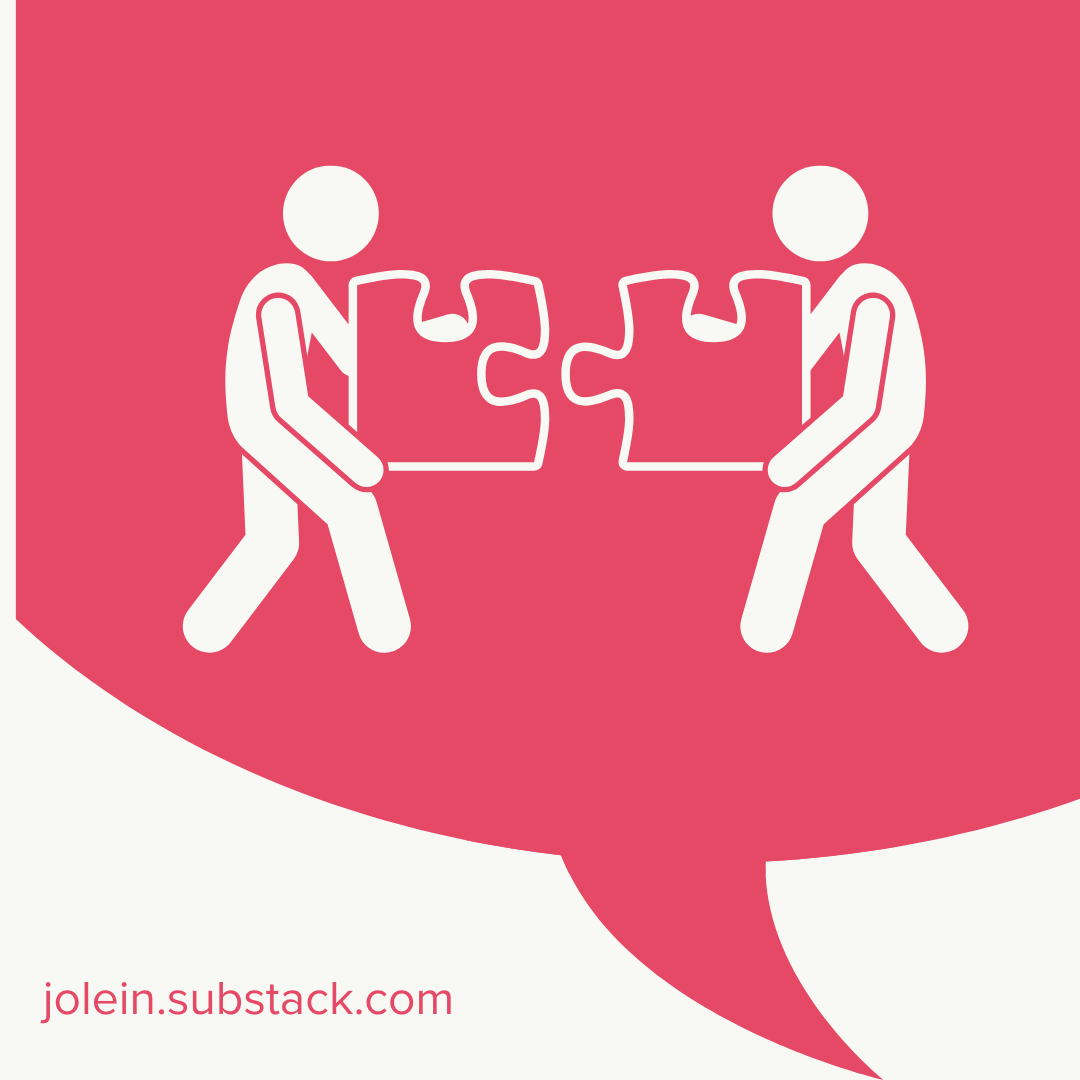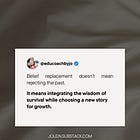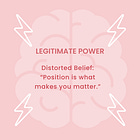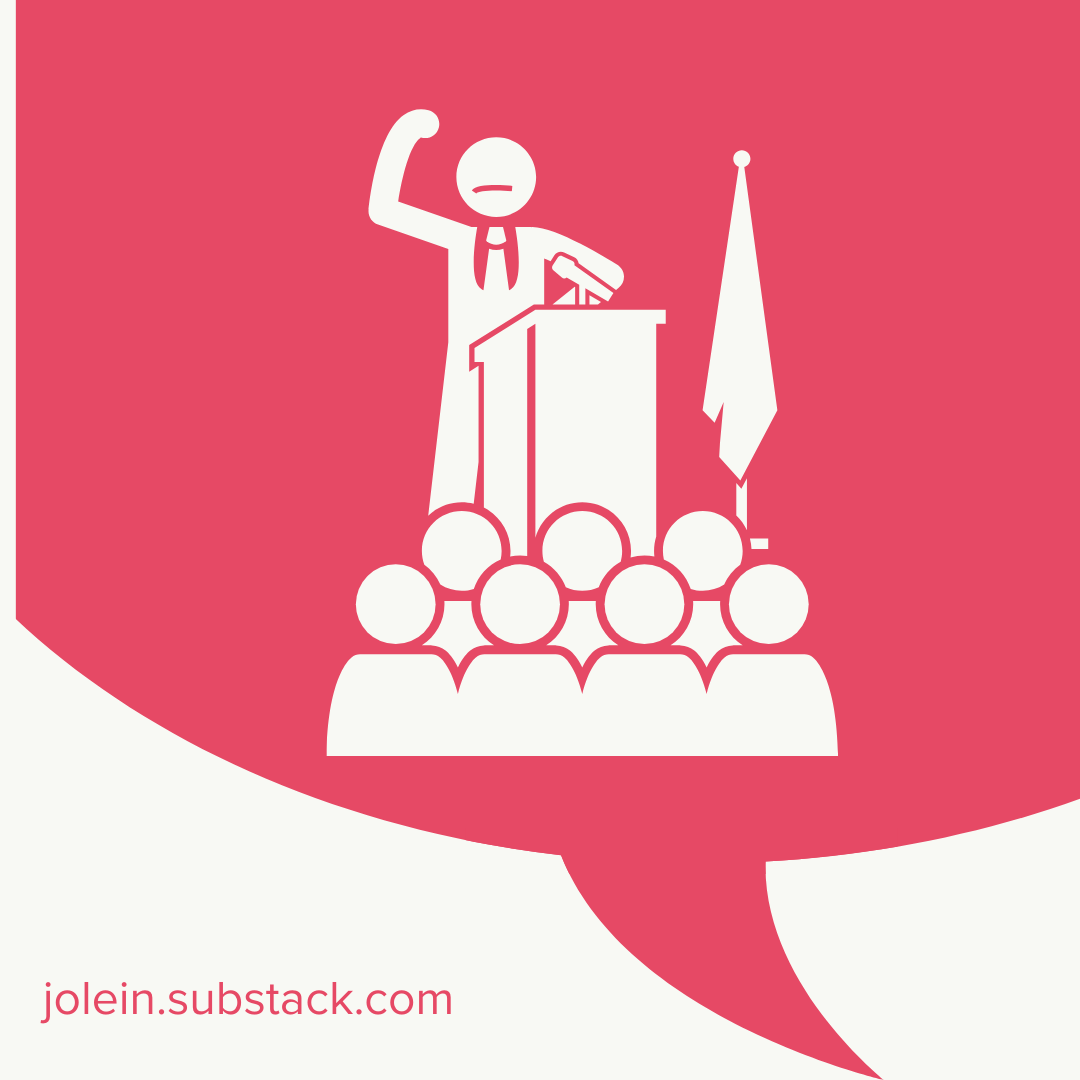The Hidden Rules That Shape Your Team
How early relationships, authority, and instability shape resistance today
Belief systems don’t appear overnight. They build slowly—through years of feedback, authority, conflict, praise, failure, and instability. Over time, these experiences harden into schemas: inner rules about what earns connection, what avoids harm, and who we must be to survive.
The professionals I have coached—teachers, principals, nonprofit leaders—aren’t resistant because they don’t care. They’re resistant because something about the change in front of them collides with a deeper story they’ve carried to endure.
Most disempowered mindsets I encounter trace back to three sources:
People → How early relationships shaped our sense of worth, safety, and identity.
Power → How authority and hierarchy taught us what was safe to say, do, or question.
Circumstance → How instability, trauma, or burnout distorted our sense of agency and possibility.
These categories overlap and reinforce each other. But they offer a starting point—a way to look beneath behavior and ask:
What is this person protecting? And how can we help them feel safe enough to let it go?
People: When Connection Shapes Perception
Our earliest beliefs are forged in relationships. Not from textbooks or trainings—but from the way a parent responded when we cried, the way a teacher looked when we answered wrong, or the tone a boss used when we hesitated.
Common protective beliefs
“Firmness breaks connection.”
“If I show who I really am, I’ll lose belonging.”
“If I ask for help, I’ll be seen as weak.”
These aren’t irrational but survival strategies shaped by lived experience.
How People Beliefs Distort Skill, Identity, and Value
Skill: Avoids practicing boundaries or feedback language, so routines stay shaky.
Identity: Being “firm” or “vulnerable” feels like a betrayal of who they are.
Value: Holding students or colleagues accountable feels misaligned with care, so the practice loses meaning.
Case Example – Ms. Ramirez
In a recent issue, I introduced Ms. Ramirez to demonstrate the principles of Disruptive Mindset Coaching, the framework outlined in Burn the Script: How Great Coaches Disrupt Thinking and Transform Practice.
By her second year of teaching, Ms. Ramirez had the tools for a strong class launch—routines posted, bellwork planned, clear expectations. But class still started late. Students trickled in; no one was held accountable for the first ten minutes.
The problem wasn’t strategy but survival. Growing up, she learned warmth was earned through compliance, while correction meant withdrawal. Later, school reinforced this message. Her internal script: “Firmness breaks connection.”
Her belief distorted her Skill (boundaries), Identity (caring = soft), and Value (accountability felt misaligned). Only when the belief shifted could her practice change.
When we reframed her belief to “Structure is how I create freedom,” her practice shifted. A one-sentence entry script, tested over three days, gave her evidence that being firm could deepen connection, not destroy it.
Signals of Distorted People Beliefs
Performance over Presence: Different “selves” for different rooms; constant code-switching.
Selective Trust: Accepts tasks from one leader but avoids another; defensive only with certain peers.
Side-Door Honesty: Jokes, texts, or parallel conversations instead of voicing concerns directly.
These aren’t personality quirks. They’re armored responses shaped by past connection costs.
Power: When Authority Distorts Agency
Our beliefs about power aren’t born in a vacuum. They’re shaped by the systems that raise us—families, schools, churches, and workplaces where questioning was punished and compliance rewarded. Over time, power becomes more than a structure but a story about who matters and what it costs to have a voice.
Common protective belief
“If I push back, I’ll be punished.”
“If I don’t look certain, I’ll lose authority.”
“Only titles give people influence.”
These beliefs don’t come from thin air. They are shaped by environments where power felt dangerous.
How Power Beliefs Distort Skill, Identity, and Value
Skill: Overprepares slides, underpractices conversations; hesitant to test new moves.
Identity: Equates leadership with certainty; vulnerability feels like weakness.
Value: Speaking up or innovating feels low-ROI in punitive cultures, so effort drains away.
Case Example – Principal Davis
Principal Davis led a mid-sized middle school. He worked tirelessly, yet every suggestion from his team landed as a threat. When APs proposed adjustments to master scheduling, he brushed them off. His belief: “If I don’t look certain, I’ll lose authority.”
This belief didn’t start in the principal’s office. Years of working under supervisors who punished dissent taught him that leadership meant composure at all costs. Vulnerability = weakness.
His schema fused authority with certainty—blocking Skill in collaboration, Identity as learner, and Value in shared leadership. Through coaching, he tested a new move: admitting, “I don’t know the best way forward—what do you think?” Far from eroding trust, it built credibility.
Signals of Distorted Power Beliefs
Performative Compliance: Says yes in the room, vents later; “meeting after the meeting.”
Deference to Titles: Accepts feedback only from positional leaders; avoids giving feedback up the chain.
Dominance Through Presence: Talks over others or fills silences to prove relevance.
These aren’t arrogance or weakness but adaptations to systems that equated power with danger.
Circumstance: When Environments Cement Mindsets
Not all disempowered beliefs come from people or power. Sometimes, they’re born in chaos. Burnout, instability, and broken systems quietly teach people that change is dangerous, transitions are traps, and control is the only path to safety.
Common protective belief
“Change means loss.”
“Stability never lasts.”
“If I don’t control everything, I’ll get swept under.”
These beliefs are not abstract but learned from lived instability.
How Circumstance Beliefs Distort Skill, Identity, and Value
Skill: Frequent churn prevents consolidation of habits; people never get enough reps.
Identity: Self-concept shifts to “I’m the one who holds chaos together.”
Value: Innovation feels pointless—“Why invest? It will just be replaced.”
Case Example – Ms. Lee
Ms. Lee had endured four curriculum changes in as many years. Each rollout arrived with fanfare, each faded within months. By year five, she stopped investing. Her schema: “Change is code for chaos.”
This belief created a kind of learned helplessness. She still cared deeply about students, but she rationed her energy to survive churn. Her belief collapsed Skill development, eroded Identity into endurance, and stripped Value from innovation.
In coaching, she tested a stabilizing move: keeping one routine (weekly Socratic seminar) constant regardless of curriculum. That single thread rebuilt agency. Over time, her mindset shifted to “Small consistency creates stability—even in chaos.”
Signals of Distorted Circumstance Beliefs
Nostalgia and Comparison: “Back when things just worked…” or “That would’ve worked at my last school.”
Control as Safety: Resists standardized procedures; clings to autonomy; blames systems for breakdowns.
Performance Drift and Externalizing: Decline in one role but not another; blames “the system” or leadership for every shift.
These aren’t dysfunctions but adaptations to volatility.
Reflection Question
Think about the resistance you’ve faced this week. Was it really about skill—or about a story?
Burn the Script: How Great Coaches Disrupt Thinking and Transform Practice is out in March 2026!
If you haven’t supported yet, please consider today! There’s way more on this type of work in the book.







This is great!!